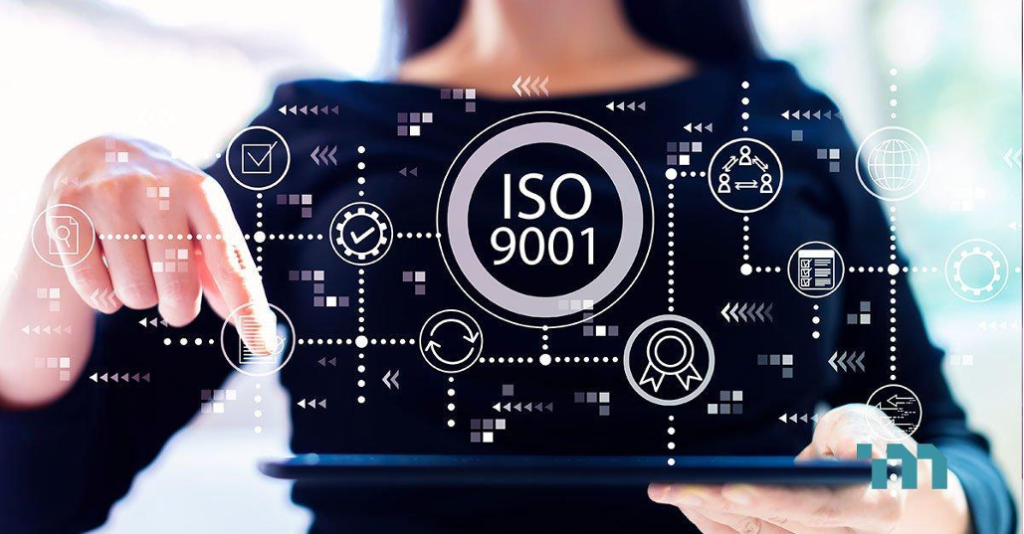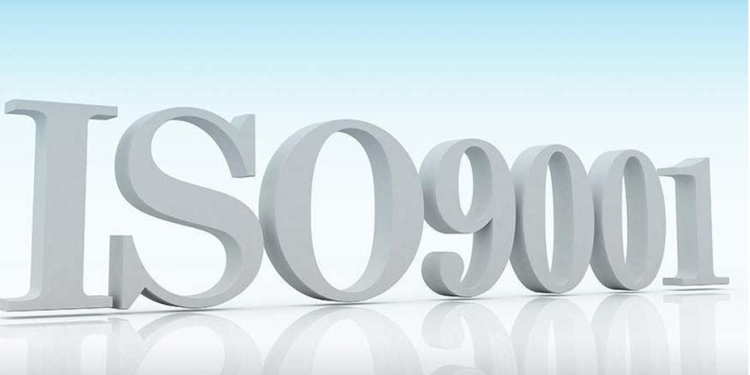We bet that you have come across several products or services with the ISO 9001 logo. You must have thought about using ISO 9001, as it is omnipresent. Think of any industry, and chances are that the industry leader will have an ISO 9001 certificate. It is undeniable to question how one standard can be so flexible. This article will discuss everything related to the standard and answer what ISO 9001 is used for.
What is ISO 9001?
Let us start with a very basic. ISO 9001 is the benchmark for specifying well-regulated Quality Management System (QMS) requirements. Regardless of their industry, scope, and size, organisations can use the standard to demonstrate their ability to consistently provide goods or services that meet regulatory and customer requirements. The standard is the most popular in the ISO 9000 family and the only standard against which organisations can get certified.
The International Organization for Standardization (ISO) has been in existence since 1987, comprised of over 160 countries and their national standard bodies. After eight revisions, the latest version of ISO 9001 was released globally in September 2015.
Who should use the ISO 9001:2015 revision?
As mentioned above, the standard applies to every organisation, regardless of the industry or size. More than 1 million organisations from across the globe have certified it. Every year, more and more companies are applying the standard’s requirements to improve their quality management processes. Organisations of all sizes and types can benefit from using the standard, as it helps to:
• Organise operational processes. • Enhance the efficiency of the processes. • Find areas of improvement and business expansion.
Those organisations previously certified to ISO 9000:2008 are encouraged to transition to the new version as soon as possible, as it includes more recommendations, such as more excellent leadership and accountability, that helps to further amplify the efficiency of the QMS.

What is ISO 9001 used for?
The basic purpose of ISO 9001 is to teach organisations to identify the exact requirements of the customer base. Next, it helps organisations understand how their products/services can solve their customers’ problems, thereby encouraging them to design processes that allow their products/services to be a perfect fit for their target audience. Lastly, and most importantly, the standard is used to modify the existing quality assurance processes so that non-conforming products/services can be mitigated and the outputs are consistent and of high quality.
What topics does ISO 9001:2015 cover?
ISO 9000:2015 has a process-oriented approach based on the Plan-Do-Check-Act (PDCA) cycle. This cycle encourages organisations to document and review the structure, responsibilities and procedures needed to achieve effective quality management. The specific topics that are covered in this standard include:
- ○ Requirements for an ISO 9001-compliant QMS, such as determination of processes, interactions, appropriate planning and document control
- ○ How the management can show greater accountability and their responsibilities.
- ○ Adequate management of resources, including organisations, work environment and human resources.
- ○ Product realisation, covering everything from the steps of design to delivery.
- ○ Measuring the effectiveness of the QMS through internal audits and corrective or preventive actions. ISO 9001:2008 vs ISO 9001:2015? The revision in the 2015 version included important updates such as an introduction to new terminology, restructuring of some information, emphasis on risk-based thinking, improved applicability for services and increased leadership requirement. How can I get started with ISO 9001:2015? The steps of starting with ISO 9001:2015 are different if you are beginning your journey with ISO 9001 or transitioning to the latest version. If you are already certified to the previous version, you must include changes to improve control of your design and ensure that all issues raised during the audit are addressed. In simpler words, you must go through the 10 clauses of ISO 9001:2015 and apply the recommendations that make sense for your organisation’s unique circumstances. What are the benefits of ISO 9001? ISO 9001 helps businesses ensure that their customers consistently receive high-quality products or services, bringing many benefits to the employees, management and satisfied customers. This, in turn, leads to the enhancement of brand reputation, more significant profits, engaged employees, better management transparency and customer retention.

ISO 9001 certification Australia
Achieving ISO 9001:2015 certificate showcases that the organisation has :
- ○ Followed the guidelines of the ISO 9001 standard.
- ○ Fulfilled its quality objectives.
- ○ Appropriately identified and met the requirements of the customers.
- ○ Adhered to all applicable statutory and regulatory requirements.
- ○ Maintained documentation.
- ISO 9001 consultants can help you in your endeavour to acquire the ISO 9001 certification Australia by arranging all the documents as per the recommendations of ISO 9001, conducting a gap analysis to ensure that you are up-to-date with all the requirements and troubleshooting your QMS.
- Conclusion The primary purpose of ISO 9001 is to help organisations to deliver high-quality goods and services to their customers consistently and efficiently.







